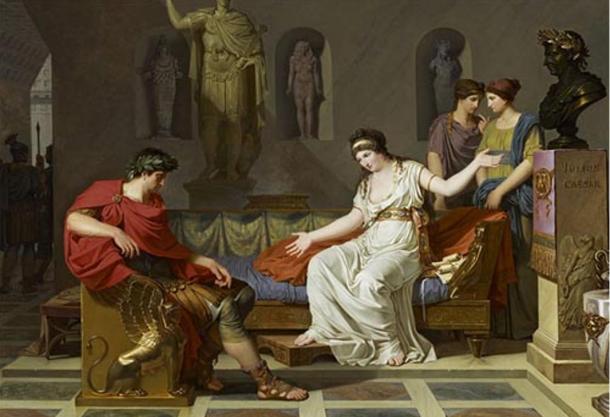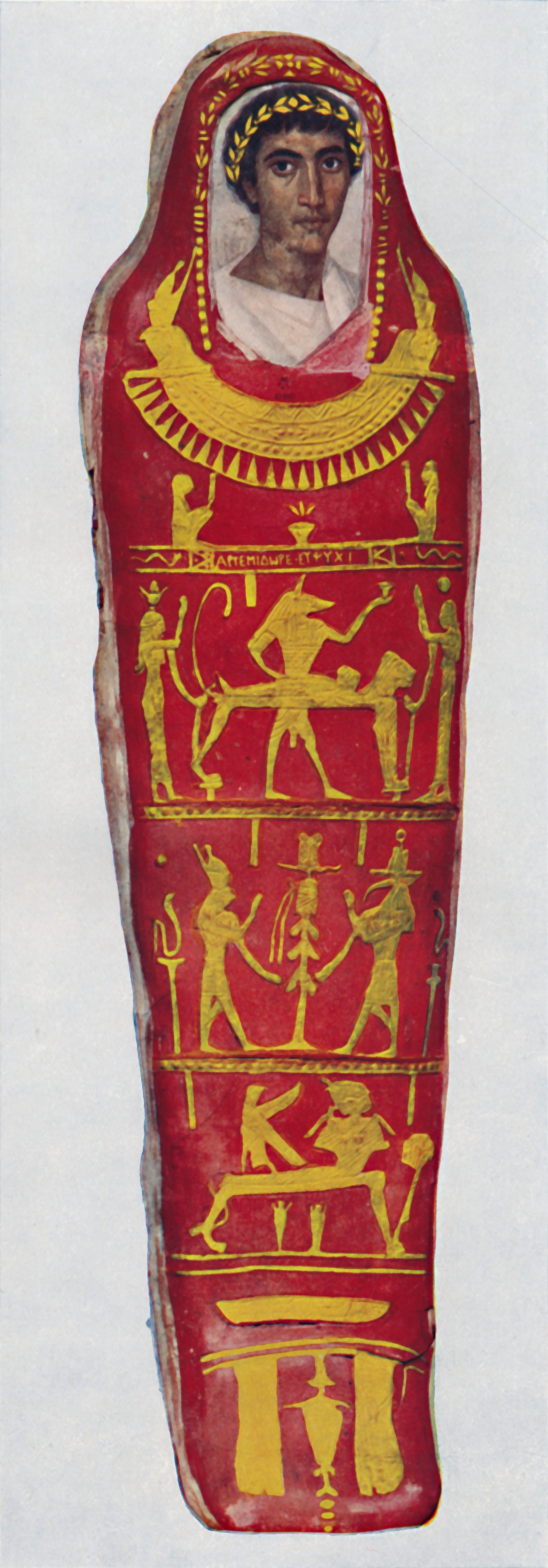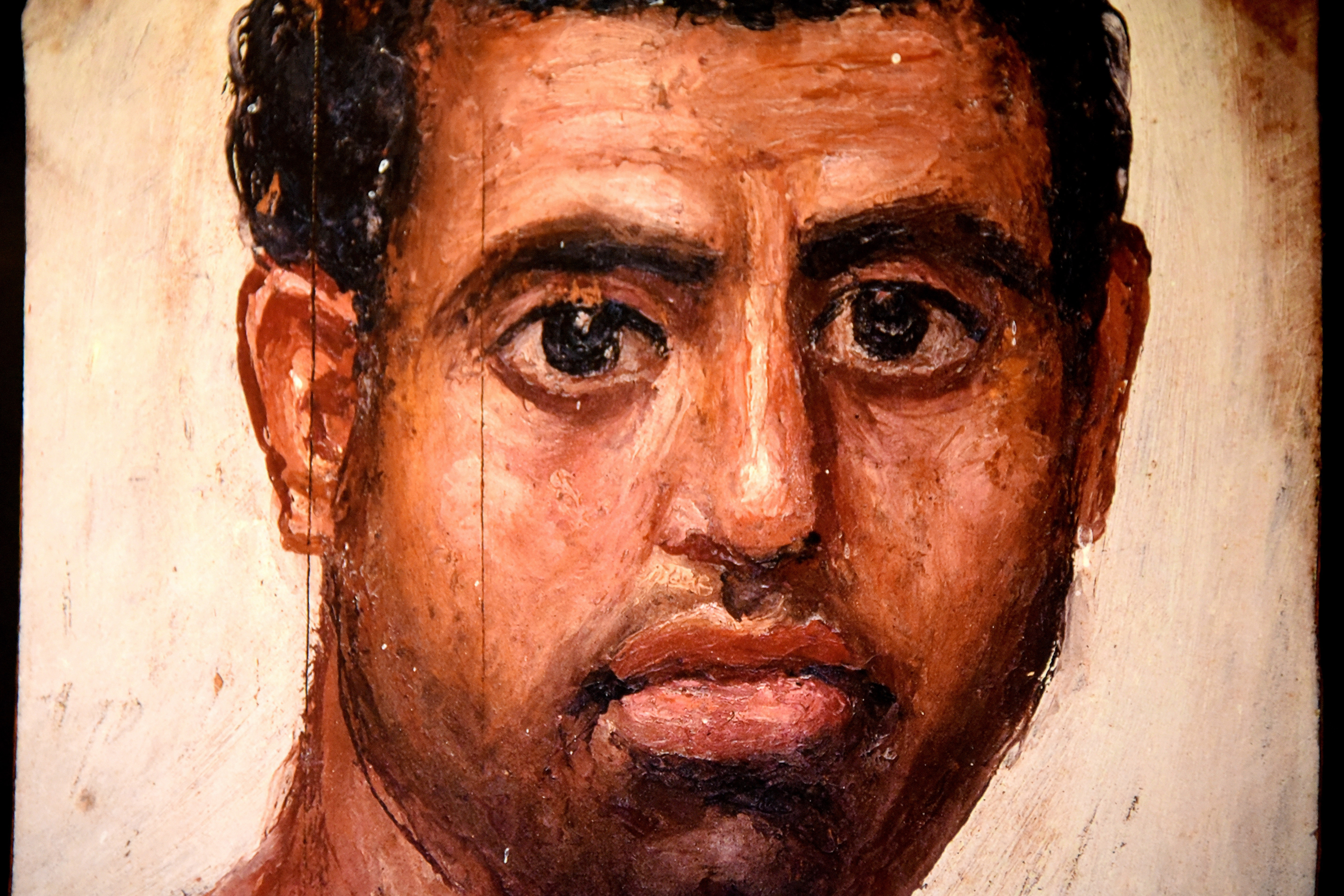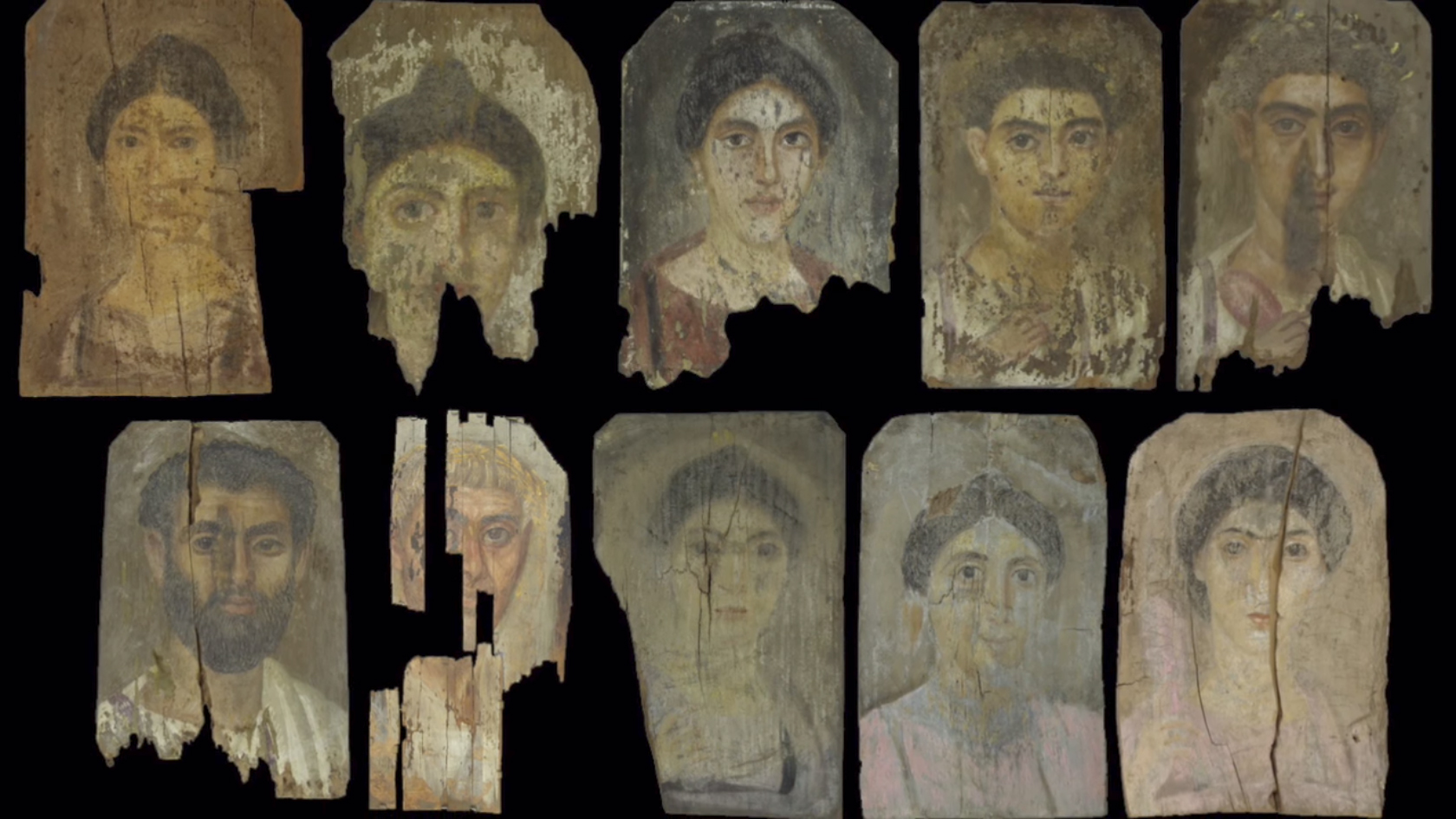Egypt’s Stance
 We must have all read from our history books that Egypt was a land that was sophisticated and land high above the rest. So it was no surprise that the Roman province of Egypt was a prized possession for them. Even when the Romans conquered it, the country had already held a sophisticated economy and culture. It had already blossomed as a society.
We must have all read from our history books that Egypt was a land that was sophisticated and land high above the rest. So it was no surprise that the Roman province of Egypt was a prized possession for them. Even when the Romans conquered it, the country had already held a sophisticated economy and culture. It had already blossomed as a society.
Affluent Lands

There was a catch though, Italy was wealthier than Egypt. So that made Egypt become a key supplier of grain for the Romans. But even so, there was no huge gap as such economically because Egypt was not a backward country in general. The Egyptian port and capital of Alexandria were just a little smaller than Rome itself in size and significance.
Where Is Fayum?
 The practice of making portraits was something that was fairly common during that time. There are roughly 900 mummy portraits kept in the collections all over the world. The majority of these had actually been discovered at the mass burial ground at Fayum. Where is it? It is located about 60 miles southwest of Cairo if in case you would like to drop a visit.
The practice of making portraits was something that was fairly common during that time. There are roughly 900 mummy portraits kept in the collections all over the world. The majority of these had actually been discovered at the mass burial ground at Fayum. Where is it? It is located about 60 miles southwest of Cairo if in case you would like to drop a visit.
Still Vivid

Even though these paintings have been kept in storage for years, you could say there are still in mint condition. It is all due to Egypt’s high temperatures and lack of humidity. Because of the ideal weather, the depictions are surprisingly well-preserved. If you take a look at them, you can still see that the colors are vivid. There is no sign of aging like other cases where the paint fades.
Cartonnage
 After some research was done, the researcher soon found out some information regarding the painting found in Fayum. The Roman tradition of mummy paintings in Egypt was actually something practices in early Egypt called the practice of cartonnage. It is basically a technique of painting on to the casket or coffin where the mummy has been placed.
After some research was done, the researcher soon found out some information regarding the painting found in Fayum. The Roman tradition of mummy paintings in Egypt was actually something practices in early Egypt called the practice of cartonnage. It is basically a technique of painting on to the casket or coffin where the mummy has been placed.
The Process

So what does this amazing practice entail anyway? Well, to do this one must keep layers of papyrus or linen that have to be covered in the plaster where a likeness would usually be painted on to them. This would create an effect that somehow functions as a death mask. These painting held quite the role because they were used to identify the mummy placed beside it.
